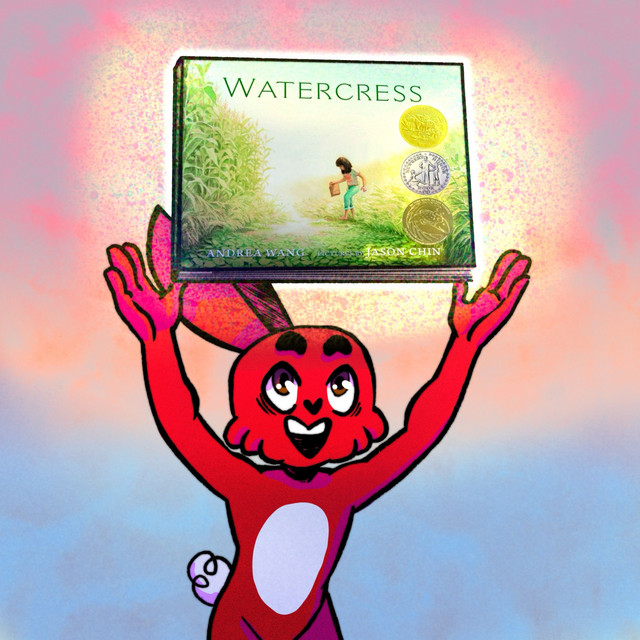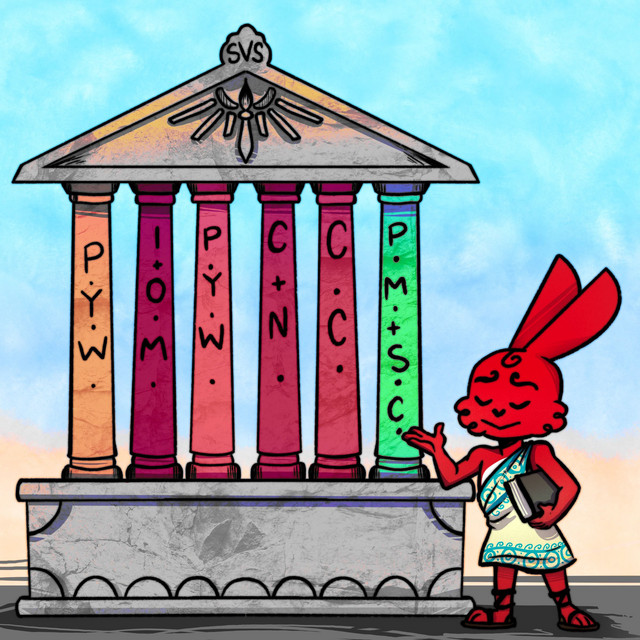
Amanda asks, “How has your art positively impacted the world?”
We tend to think on a smaller scale. When we’re in the middle of a project, we’re not thinking about how many people it will touch; we’re consumed with doing the most excellent work we can. If it’s interesting to us, we know others will agree. In the end, our impact comes from the individuals who enjoy our work. Some have even become illustrators because they read our books as children!
Jenny Beth asks, “My drawing has stalled out completely. I can’t break out. Any ideas?”
This happens to the best of us! Here are a few suggestions:
Allen asks, “Has your preference or perspective on working independently versus through publishers changed since starting the podcast?”
We believe there is a place for both traditional and self-publishing. We love the freedom of self-publishing, but the traditional route lends an air of credibility to your name. In the end, it just depends on your preferences and the goals you have for your art.
“Any advice for someone attempting an art fair or comic-con for the first time?”
Attend shows before entering them. Talk to participating artists about their experiences: was it expensive, how is the environment, etc? Notice which artists attract many visitors to their booths versus those who reek of desperation and repel potential customers. Take lots of notes about what you want to implement or avoid in your booth.
Your first several shows will likely not be very profitable; this is normal. Consider it an investment in your career. You’ll be able to curate more profitable booths over time as you learn which shows your target market attends and which of your products are the most popular.
A Doodlers Guide asks, “How do you convince yourself that your book project is worth carving out time for? I often feel like it’s too much fun to take seriously and end up giving other things a priority.”
Enjoy the fact that an art career often feels like eating dessert first. It’s great that you love your work so much! To stay consistent, pitch your book and see if you get any bites. (Having outside accountability can be very helpful.) Envision the result to keep yourself excited and on track.
Perplexity asks, “What is the most valuable skill for a professional artist in the industry looking to set out on their own?”
There are two: visual storytelling and entrepreneurship.
Visual storytelling is the ability to communicate through compelling images. Study Norman Rockwell for the ultimate example of maximum story and level of engagement with minimum cliché.
An entrepreneurial mindset is essential to thrive in this competitive art market. Learn how to reach your ideal audience, understand marketing and viable product, and practice networking. You’re not only an artist, but a business, and you must treat yourself as such.







Get the guidance you need on the path to becoming a better illustrator.